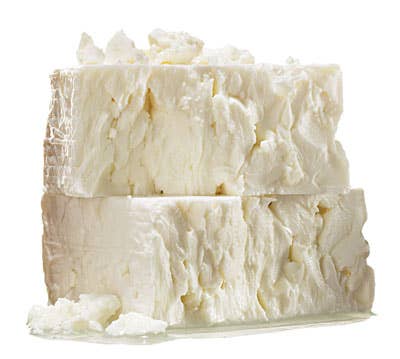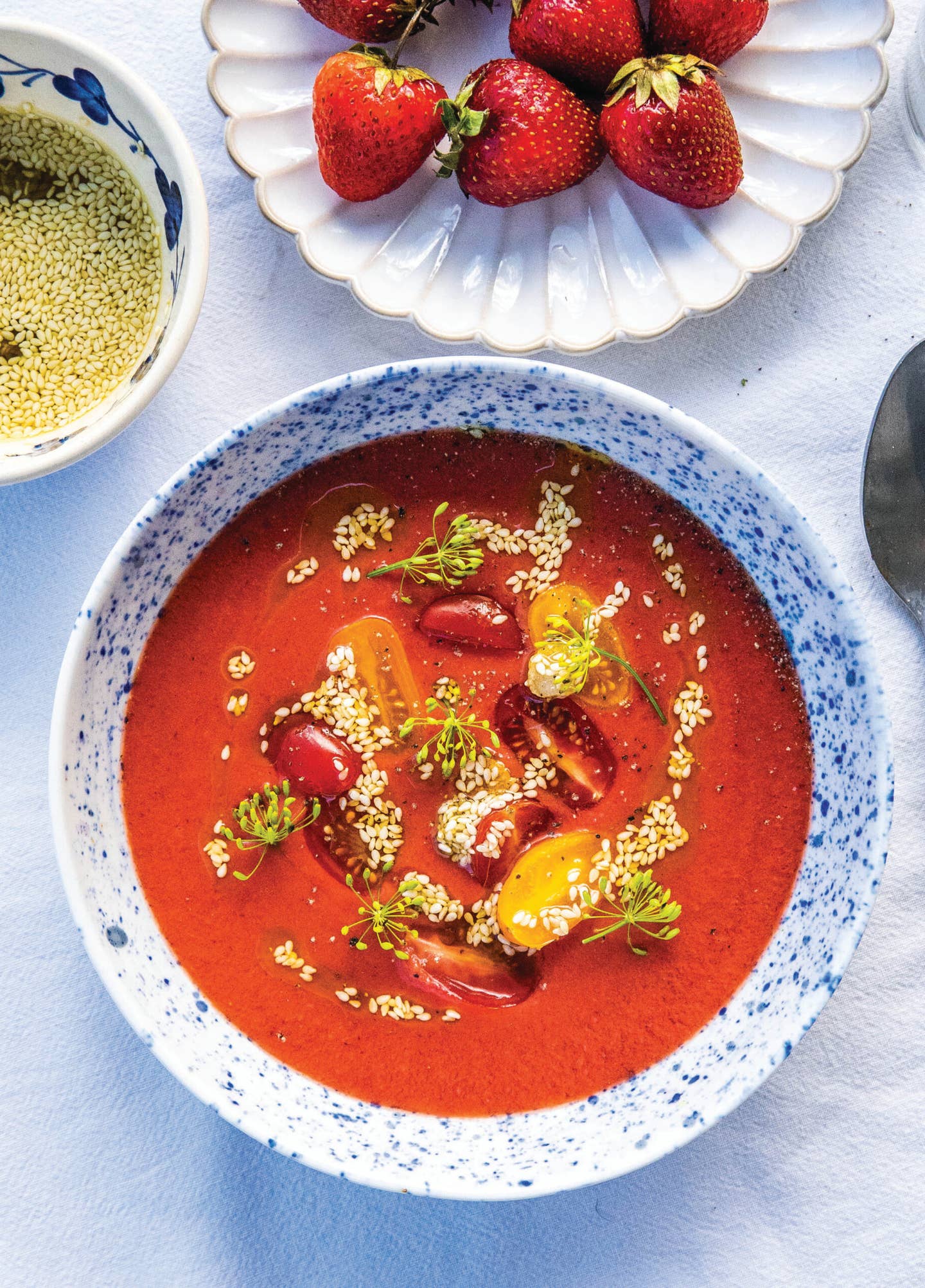
The first time I saw a sea urchin, I had some serious doubts about going into the sea. Most of my oceanic experiences had been confined to Florida’s eastern coast, where the waves constantly whip sand up off the floor and make the water a gritty greenish-brown. The only time I’d ever been aware of anything under the surface involved a jellyfish and a very fast exit from the water.
But Chalkidiki, Greece, was the first time in my life I could see the bottom of a salty body of water, and I wondered if perhaps there was some value in my previous “ignorance is bliss” stance. Sea urchins were stuck to rocks everywhere, and they glistened in a way that really showcased those intensely sharp exteriors.
Everything I know about Greek seafood I learned from a Greek friend, Danai. She was with me in Chalkidiki, and she definitely didn’t share my paranoia about diving into the water and landing on a sea urchin (but seriously, how would you get those spines out?). She’s a wild animal biologist who got her masters at the Royal Veterinary College, but that’s not the only reason she knows so much about Greece’s freshest catches.
Her family has a house by the sea, and she still spends a good portion of her time there. She’s also been pulling these things out of the water for years - her parents taught her about what to eat and how to eat it. She dove down and pulled one out of the sea, swimming it over to a rock that served as a table of sorts. She flipped it over so that the spines were facing down and cracked it with a rock, breaking it into two. Then she asked if we wanted to eat a blob of orange stuff floating inside.
As it turns out, sea urchins are not only edible, but they're actually pretty good, especially when plucked right out of the sea. The orange blobs are the female sea urchin's eggs, and you should only eat the females, Danai stressed. There are 2 ways to tell which ones are ladies: first, by color. The females are more reddish purple, while males are pitch black. Danai told me that you can sometimes tell from the spikes, but the color becomes much more obvious if you flip the urchin upside down (very, very carefully). The second way is a fisherman's trick. The females end up with bits of debris on their spines, like rocks, kelp, and other shells, but the males don't.
Urchins are not the only thing you can eat fresh out of the sea. There are also barnacles, another sea critter I tasted on my tour of the Greek sea floor. Once you break them from the rock, rip the black part out (Danai told me those are the guts), and eat the grey, tougher part.
She doesn’t stop at urchins and barnacles - Danai also eats callista, which you have to dig out of the sand in shallow waters. She told me she opens them with a knife and squeezes some lemon on top. The lemon is also essential for the warty venus, another sand-dweller with a white shell. As she told me, “They are so tasty and it’s common to eat them on boats. Hard life, I know.”
Danai knows the rules, so she hasn’t been sick from eating anything fresh from the sea. Her biggest piece of advice for non-Greek landlubbers looking for an authentic seafood experience? Make sure your food is alive when you find it, and you’ll avoid any digestive disarray. “I’ve never had any bad experiences, but you do get horrible food poisoning if the live stuff is not alive, like the callista. The squeezed lemon is essential and I never break that rule.” Same goes for mussels. If it has already died, toss it back in the sea. It’s a rule worth learning - seafood this good and fresh is something that will spoil you for life.
Keep Reading
Continue to Next Story










